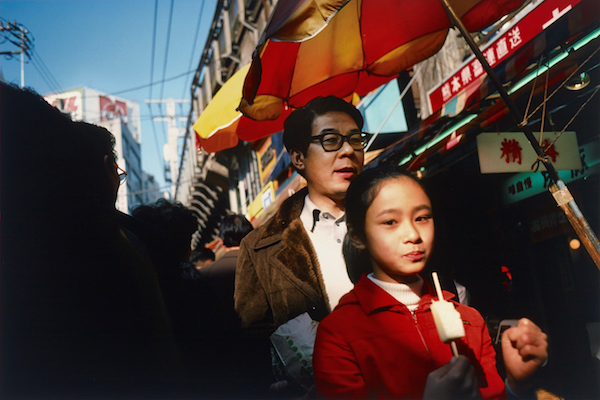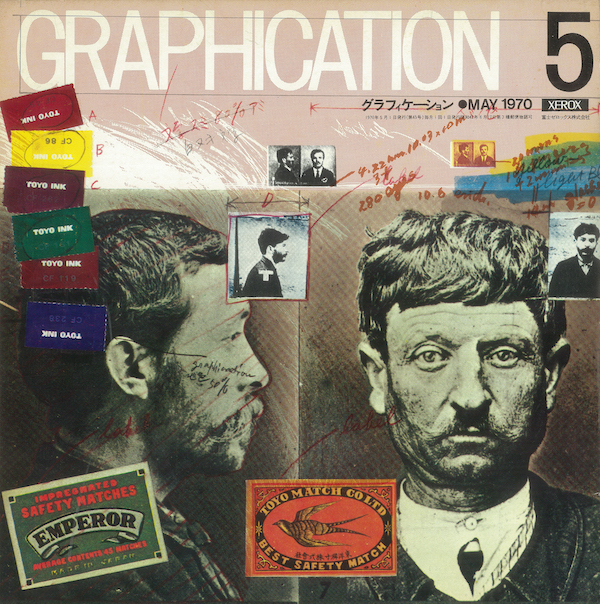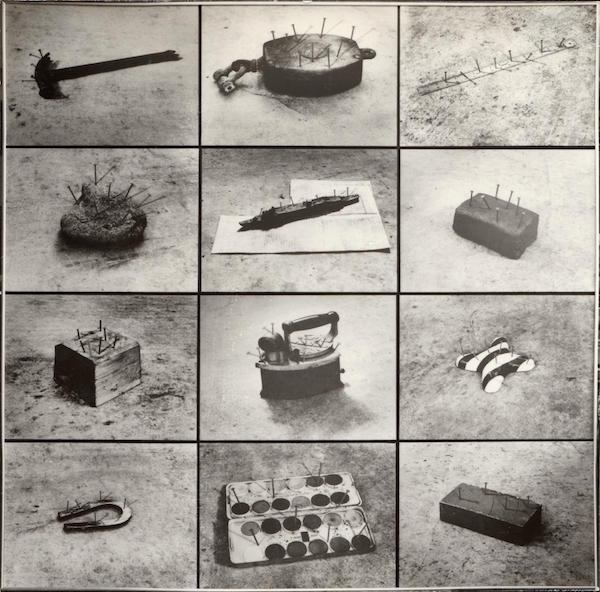
BY STEPHANIE BUHMANN | Following World War II, Japan experienced rapid industrialization and an economic surge. However, by the mid-1950s, the US–Japan Security Treaty (Anpo), which sustained American military presence within Japan’s borders, caused much anxiety. By the late 1960s, this tension escalated, when political radicalism and mass protests erupted across the nation. Yet in 1970, when the renewal of Anpo embroiled Japan in the Vietnam War, the post-war “economic miracle” gave way to a recession — and activism dissolved into apathy.
This excellent group exhibition, “For a New World to Come: Experiments in Japanese Art and Photography, 1968-1979,” examines the groundbreaking shift in the Japanese cultural landscape during this time.

Comprised of approximately 250 objects by no less than 29 artists, it documents how the social discord in Japan coincided with the emergence of a new visual language. As many Japanese artists and photographers began to embrace camera-based experiments, they developed a uniquely sober and sometimes introverted viewpoint reflective of an age of uncertainty.
By including traditional photography, photographic installations, photography books and 16mm film projects, curators Yasufumi Nakamori and Yuri Mitsuda succeed in providing — for the first time — a good overview of an overlooked decade, when art and photography drew closer together than ever before.

Through Dec. 5 at Grey Art Gallery (100 Washington Sq. East btw. Waverly Pl. & Washington Pl.). Hours: Tues., Thurs., Fri., 11 a.m.–6 p.m.; Wed., 11 a.m.–8 p.m.; Sat., 11 a.m.–5 p.m. (visit nyu.edu/greyart).
Through Jan. 10, 2016 at Japan Society (333 E. 47th St. btw. First & Second Aves.). Hours: Tues.–Thurs., 11 a.m.–6 p.m.; Fri., 11 a.m.–9 p.m.; Sat.–Sun., 11 a.m.–5 p.m. (visit japansociety.org).

















